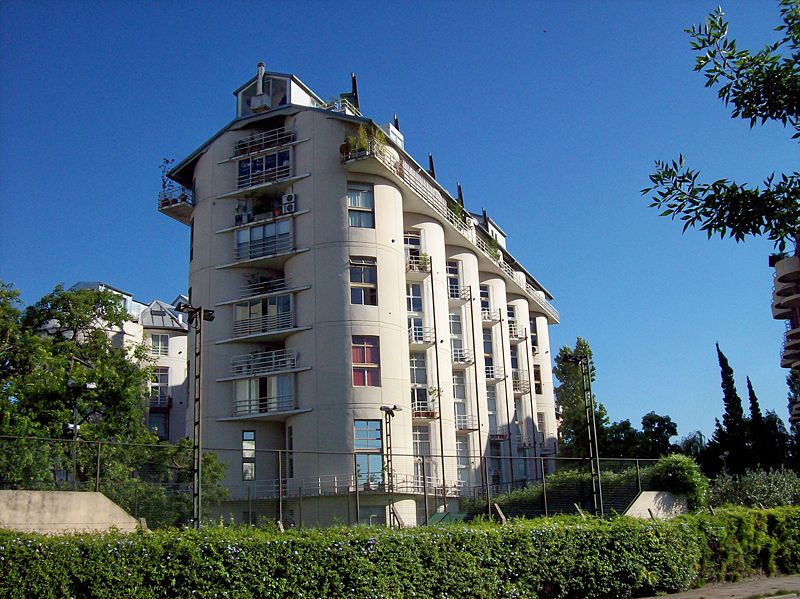Buenos Aires Real Estate - Español
Colegiales was an area originally populated by the Jesuits, just like Chacarita and Villa Ortúzar. In 1608, the governor of Buenos Aires, Hernando Arias de Saavedra, or "Hernandarias", donated to this religious organization lands that are today part of these neighborhoods. Through the years, the Jesuits added to their possessions until they reached around 2.700 hectares known as "La Chacarita de los Padres de la Compañía de Jesús" (the Little Field of the Fathers of Jesus's Company). This terrain was later known colloquially as "La Chacarita de los Colegiales" because many school children came here every year to spend their holidays.
Colegiales, that was inside the jurisdiction of Belgrano, then an independent city, did not become part of the City of Buenos Aires until the year of 1887 when this area was incorporated into the Capital.
In 1920 the Minetti y Cia. Ltda. Industrial and Commercial Society started the construction of the "Buenos Aires" windmill on Dorrego street, 1900 and in 1928 new cylinders were added to the development. Through the years, windmill has been put out of use. Today they have been remodeled into elegant and modern lofts.
Colegiales is well known through one of Argentina's most popular comic books "Mafalda", written by the humorist Quino. He has chosen Colegiales as the setting for his comic, and there is park called "Mafalda" to honor the author and his comic.
The Author Miguel Cané also wrote about Colegiales in his masterpiece Juvenilia (1884), where he tells his experiences vacationing in the Chacarita de los Colegiales by the creek that passed by the current El Cano Avenue.
The 21st of September is the day of Colegiales.
- Rentals and Sales of Houses, Apartments, Offices, Town House, and other Properties in Colegiales.
- Real Estate Colegiales.
- Sales, rentals, short term, commercial, student accommodation, holiday lets and apartment share.
- Owner reltals, Owner Sale,
- Colegiales limits with the following areas: Chacarita, Villa Ortuzar, Belgrano, Palermo, and Palermo Viejo


















